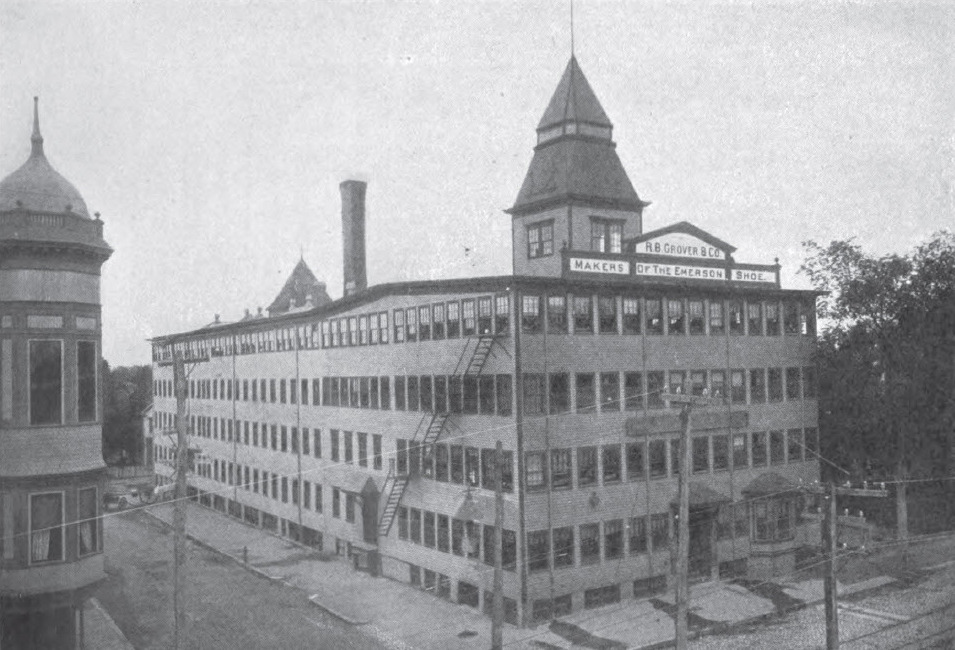100 Years Ago in the Record: Collar manufacturers to fight new state building standards
The Triangle Shirtwaist Company fire that took place in New York City on March 25, 1911, remains a landmark event in the history of U.S. industrial disasters. The fire that claimed the lives of 146 people, most of them immigrant women and girls, caused an outcry against unsafe working conditions in factories located in New York and in other industrial areas throughout the United States. Many of the deaths were blamed on inadequate fire-alarm and fire-escape provisions in the building. This then became the genesis for numerous workplace safety regulations on both the state and federal level which required factories to provide adequate fire escapes and other safety measures.
In 1914, Troy’s collar manufacturers rallied against the new state building standards which they claimed were far more astringent and would force many factories to close.
Some factory owners felt that factories had been unfairly singled out for strict regulation when other buildings posed even more danger.
“I fail to see why it is that the state authorities are so strict in the matter of the construction and alteration of factory buildings and at the same time are so lax regarding safety requirements in public halls, in spite of the fact that some of the most terrible catastrophes in the history of this country have happened in crowded halls,” a committeeman says.
It’s indeed appalling that over 100 years ago, manufacturers failed to grasp the gravity of factory safety regulations that were put in place, even after the death of 146 people. Whether in a public or a factory, safety measures should never be compromised.
Disasters can occur anywhere, and they often occur when we least expect them. NFPA codes and standards are there to provide us with ways to prevent their occurrence, manage their impact, and protect us.
As a building owner you are obligated by law to undertake fire inspections at least every five years and fire escape maintenance checks regularly to ensure that the safety apparatus remains fully-functional. Minor Fire Escape Repairs to steps, handrails, cleaning, and painting should also be to affirm its reliability.
Keep safety first. If your fire escape is not at par with NFPA regulations, contact us today and let the experts handle it. We provide the highest quality fire escape services which include fire escape inspection, fire escape repair, fire escape replacement and fire escape certification.


